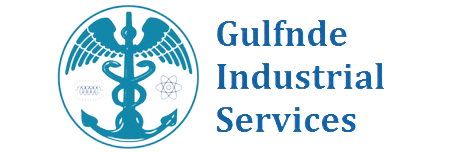Advanced Product Quality Planning (APQP) is a framework used in the automotive industry to ensure that new products meet customer requirements and are launched on time and within budget. Below are some common questions and answers related to APQP:
Q: What is APQP?
A: APQP stands for Advanced Product Quality Planning, which is a
framework used in the automotive industry to ensure that new products meet
customer requirements and are launched on time and within budget. The framework
includes a series of activities that must be completed in order to develop a
new product or make significant changes to an existing one.
Q: What are the key components of APQP?
A: The key components of APQP include
planning and defining the program, product design and development, process
design and development, product and process validation, and launch, assessment,
and corrective action. These components are designed to ensure that new
products meet customer requirements and are launched on time and within budget.
Q: What is the role of cross-functional teams in APQP?
A: Cross-functional teams
are an essential part of APQP. They bring together individuals from different
departments, such as engineering, production, and quality, to collaborate on
the development of a new product. This approach helps to ensure that all
aspects of the product are considered and that the product meets customer
requirements.
Q: How does APQP address risk management?
A: APQP includes a risk management
process that involves identifying potential risks and opportunities, assessing
their likelihood and impact, and taking appropriate actions to address them.
This approach helps to ensure that potential issues are identified and
addressed early in the development process, which can help to reduce the
likelihood of delays, quality issues, or cost overruns.
Q: What is the difference between APQP and PPAP?
A: APQP and PPAP are both
frameworks used in the automotive industry to ensure that new products meet
customer requirements and are launched on time and within budget. APQP is used
during the product development process to ensure that all aspects of the
product are considered and that potential issues are identified and addressed
early in the process. PPAP, or Production Part Approval Process, is used to
verify that the production process can produce parts that meet customer
requirements and that the parts are produced consistently.
Q: What is the role of customer input in APQP?
A: Customer input is an essential
part of APQP. The framework requires that customer requirements and
expectations are identified and documented early in the product development
process. This helps to ensure that the product meets customer requirements and
that potential issues are identified and addressed early in the process.
Q: What is the role of continuous improvement in APQP?
A: Continuous improvement
is a key component of APQP. The framework requires that the product development
process is continually monitored and evaluated to identify opportunities for improvement.
This helps to ensure that the organization is continuously improving its
processes and that the product is meeting customer requirements.


